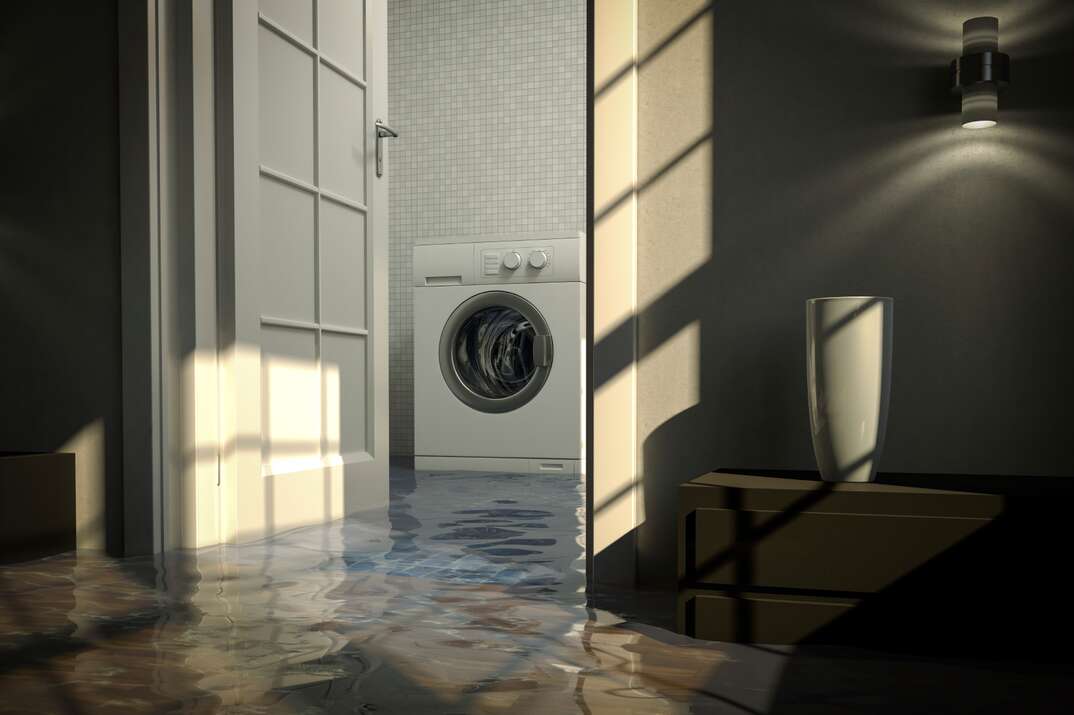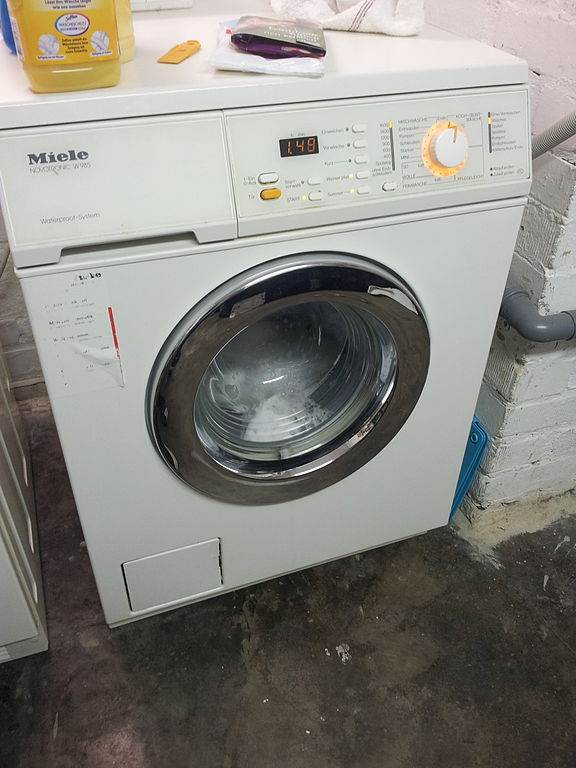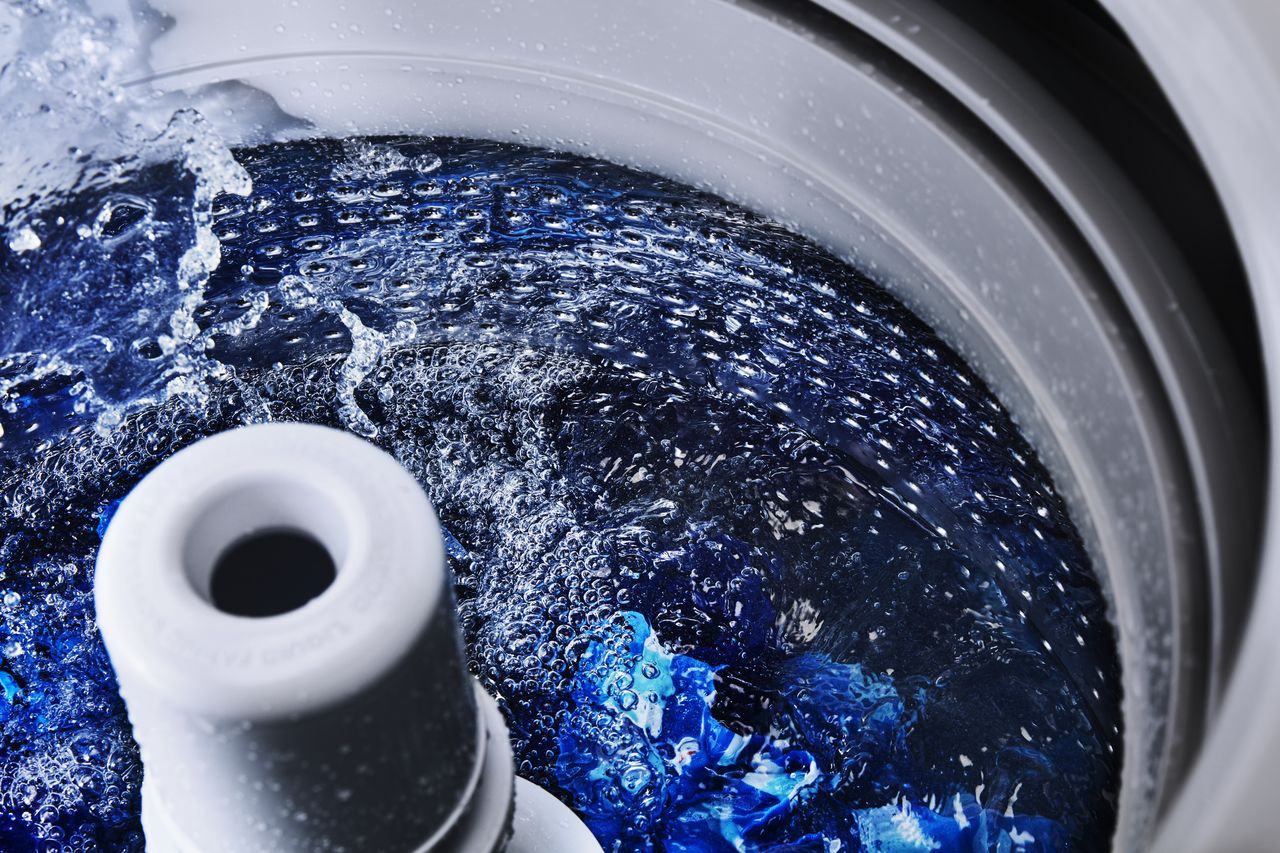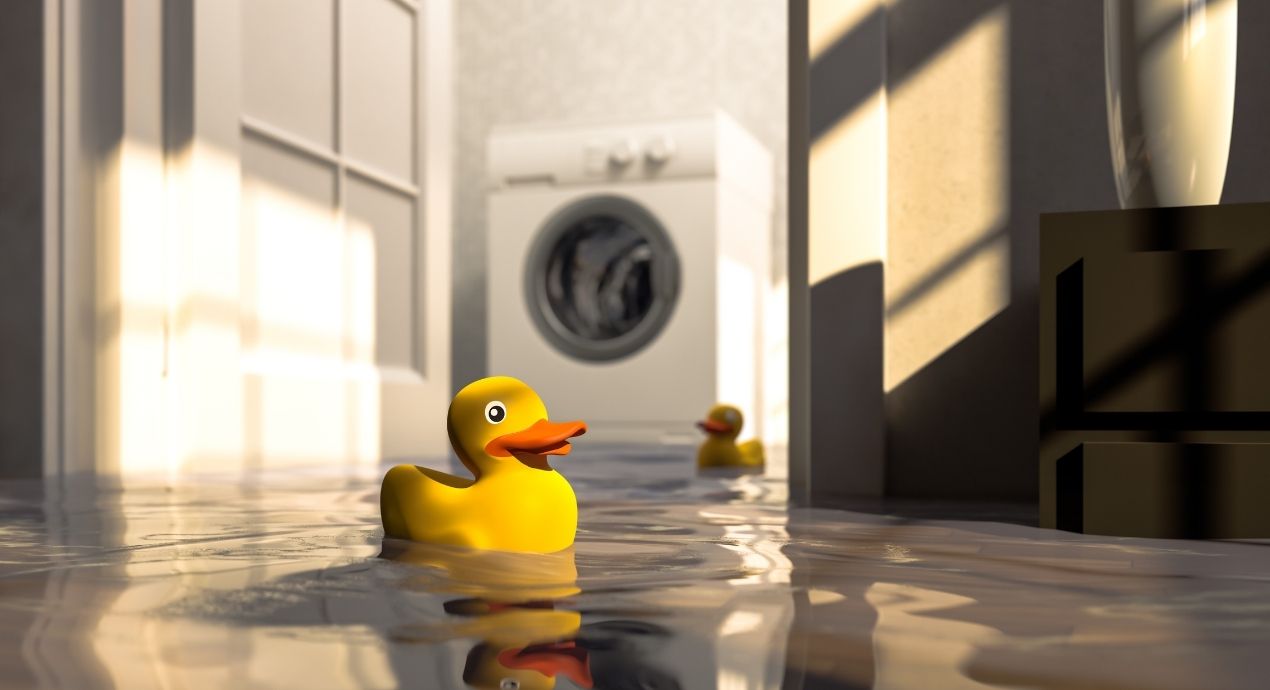A leaking washing machine is a common household issue that can lead to larger problems if not addressed promptly. Understanding the potential causes and solutions is essential for homeowners to prevent water damage and maintain their appliance’s functionality. This article aims to guide you through identifying the source of leaks and how to effectively resolve them.
Identifying the Source of the Leak
Exploring Common Causes of Washing Machine Leaks
Identifying the source of the leak is the first crucial step in resolving the issue. Leaks in washing machines can originate from several places, including hoses, pumps, the tub, or door seals. It’s important to pinpoint where the water is escaping to apply the correct fix.
Often, the simple act of observing the machine during a cycle can reveal the leak’s origin. For instance, water on the floor near the front of the machine may suggest a door seal issue in front-loading models. Conversely, water near the back may indicate hose connections or pump issues. By systematically checking each potential source while the machine is running, you can narrow down the culprit.
Once you have identified where the leak is coming from, you can proceed with the correct course of action. Each type of leak may require a different approach, whether it be tightening a connection, replacing a hose, or installing a new seal.
Hose and Connection Leaks
Leaking hoses are among the most common causes of washing machine leaks. Over time, the water inlet hoses that supply your machine with hot and cold water can become loose or worn, leading to drips or bursts. A thorough inspection of hose fittings and washers can prevent such issues.
Similarly, drain hoses can become clogged or detached. Ensuring that your drain hose is securely connected to the washing machine and drain system is vital. Periodic checks can prevent buildup and detachment, which are frequent causes of leakage.
DIY Solutions for Minor Leaks
Sealing and Gasket Issues
Door seals, or gaskets, are another common leak source, particularly in front-loading washing machines. These rubber components can degrade over time or become encumbered with debris, causing water to seep out during a wash cycle.
Regular cleaning of the gasket can extend its life and prevent leaks. If a leak is present, inspecting the seal for any signs of damage is essential. Small imperfections can often be fixed with waterproof sealant designed for gaskets. However, significant damage will likely require a replacement.
The Utility of Patch Kits
For leaks emanating from the washing machine tub, patch kits can be a temporary solution. While they are not a long-term fix, they can provide enough time to arrange for professional repair or to plan for a washing machine replacement.
Detailed instructions should be followed closely when using a patch kit to ensure the best chance of success. It’s important to note that while such kits may offer a solution for minor damage, larger cracks or holes in the tub may not be repairable and could signal the end of the washing machine’s useful life.
Regular Maintenance Checks
Preventing leaks before they happen is key to maintaining the longevity and efficiency of your washing machine. Regular maintenance checks play a crucial role in this preventative approach. Homeowners are advised to schedule routine inspections of their washing machines every few months. These checks include verifying the tightness of hose connections, inspecting the integrity of hoses and gaskets, and cleaning filters where applicable. Such proactive measures can significantly reduce the likelihood of leaks and other related problems.
Furthermore, using the correct type and amount of detergent can prevent excessive suds that might cause leaks. High-efficiency (HE) washing machines require HE detergents; using regular detergent in these types of machines can lead to oversudsing, which may result in leaks and damage the machine’s components.
Installation and Leveling
Proper installation and leveling of the washing machine are fundamental to preventing leaks. A machine that is not level can vibrate excessively, potentially loosening connections and leading to leaks. Ensuring that your machine is perfectly level at installation can help maintain its stability during operation, thereby minimizing the risk of leaking due to vibrations.
Knowing When to Call a Professional
Assessing the Severity of the Leak
While some leaks can be fixed with DIY methods, others signal more severe issues that require professional attention. If the source of the leak is not immediately apparent or if initial attempts to resolve the leak have failed, it may be time to consult a professional. Experts in appliance repair possess the tools and knowledge to diagnose and fix complex issues swiftly, preventing further damage to your machine or property.
Leakage from the underside of the washing machine, especially if accompanied by unusual noises or operation malfunctions, typically indicates internal problems. Such issues might involve the pump or internal hoses, which are better assessed and repaired by professionals to ensure a thorough and lasting fix.
The Value of Professional Assessment
Consulting a professional can also provide peace of mind and prevent more costly repairs down the line. A certified technician can offer a comprehensive assessment that not only addresses the immediate leak but also identifies potential future issues. Additionally, professional repairs usually come with a guarantee, ensuring that if the problem persists, further action can be taken without additional cost.
The Consequences of Ignoring Washing Machine Leaks
Potential for Water Damage
One of the most immediate and impactful consequences of neglecting a leaking washing machine is the potential for water damage. Continuous leaking can seep into flooring and walls, resulting in mold growth, structural damage, and the need for expensive repairs. The presence of mold poses health risks, particularly for individuals with respiratory issues, making prompt leak addressing essential.
Increased Utility Bills
Moreover, even small leaks can lead to increased water usage, reflected in higher utility bills. Over time, the cumulative cost of wasted water can become significant, providing a financial incentive to resolve leaks promptly.
Conclusion
Maintaining a leak-free washing machine involves a combination of regular maintenance, prompt action when issues arise, and knowing when to seek professional help. By adopting a proactive approach to appliance care, homeowners can avoid the inconvenience and expense of leaks, ensuring their washing machine remains a reliable tool in their household chores arsenal. Addressing leaks not only prevents water waste and damage but also extends the lifespan of the machine, offering long-term savings and contributing to a more sustainable household.

